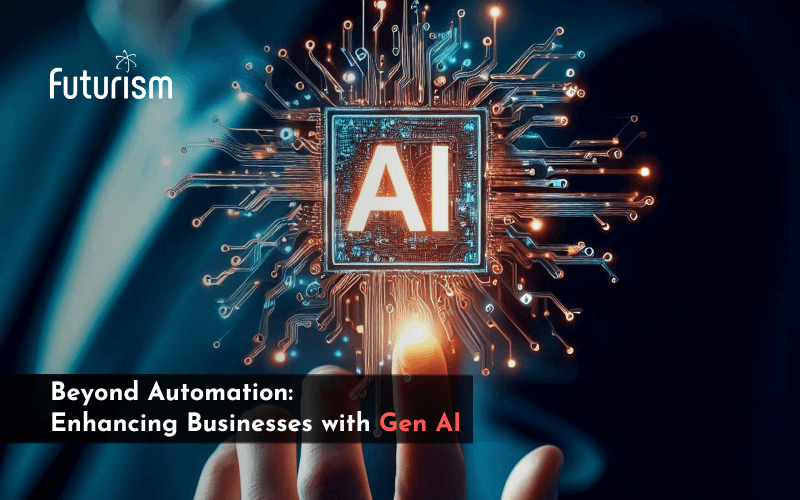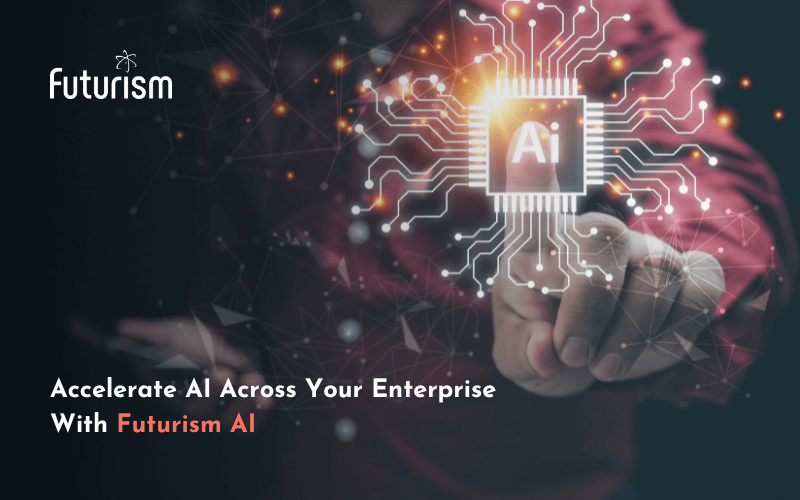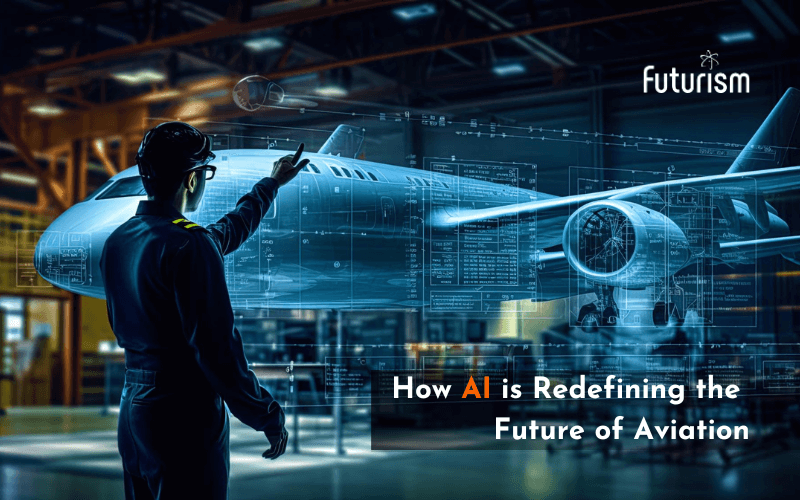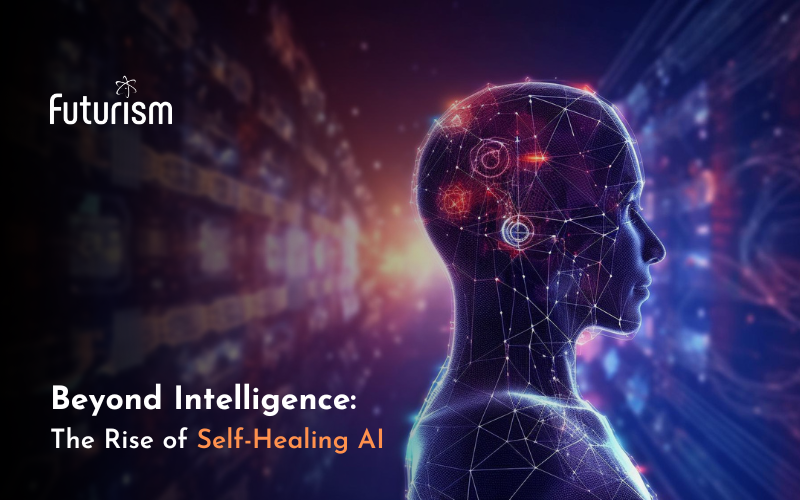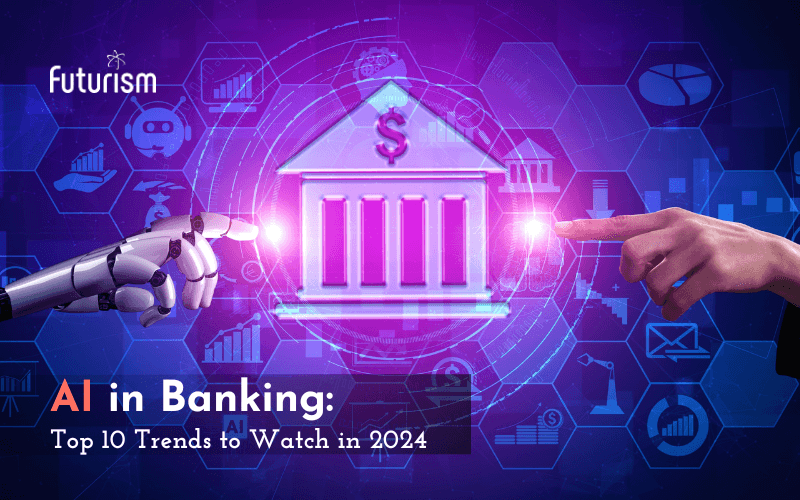AIoT: When AI Meets IoT

Futurism Technologies
December 21, 2022 - 3.2K
5 Min Read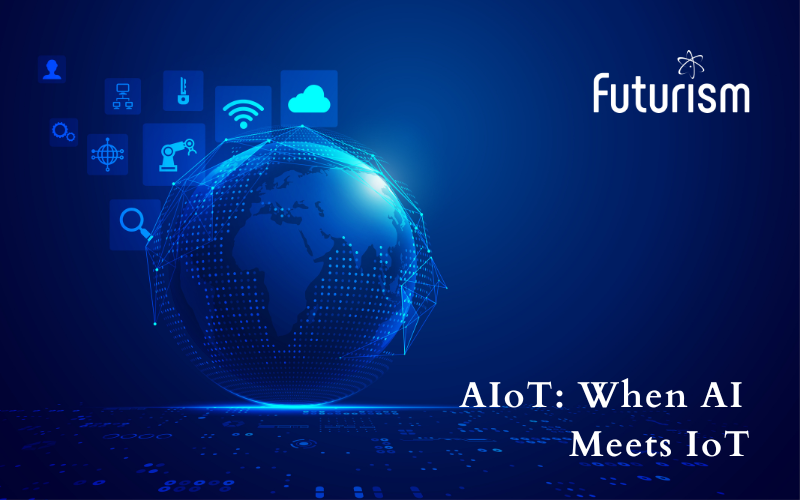
The Internet of Things aka IoT is creating a treasure chest of big data. The data can assist businesses to predict incidents, give caregivers real-time insights into patient information from biochips/pacemakers, enable optimized efficiency across operations through predictive analytics on equipment/assets, and much more.
As the rapid expansion of connected devices and sensors continues, the sheer volume of data that they create will skyrocket to mind-boggling levels. Mining such enormous volumes of data (big data) is daunting for humans using standalone tools and old-school methods.
The only way to improve the accuracy and speed of big data analysis in order to help IoT live up to its promise is through leveraging cutting-edge AI solutions and machine learning technology. While IoT deals with devices communicating over the Internet, AI on the other hand enables these devices to learn, reason, and process information in a faster and more efficient manner.
At Futurism, we believe that IoT and AI must work together for a successful digital transformation journey. Read on to know how:
When AI meets IoT?
Did you know?1 billion gigabytes is the amount of data generated by IoT devices around the world on a daily basis!
IoT is empowered by three technologies:
- Artificial Intelligence (AI)
- Machine Learning (ML)
- Big Data
AI and IoT together create AIoT – a smart and connected network of devices that seamlessly communicate with one another.
AI & IoT Functional View
- Create (data from sensors & connected devices)
- Communicate (through IoT networks)
- Integrate
- Analyze (advanced intelligence)
- Act
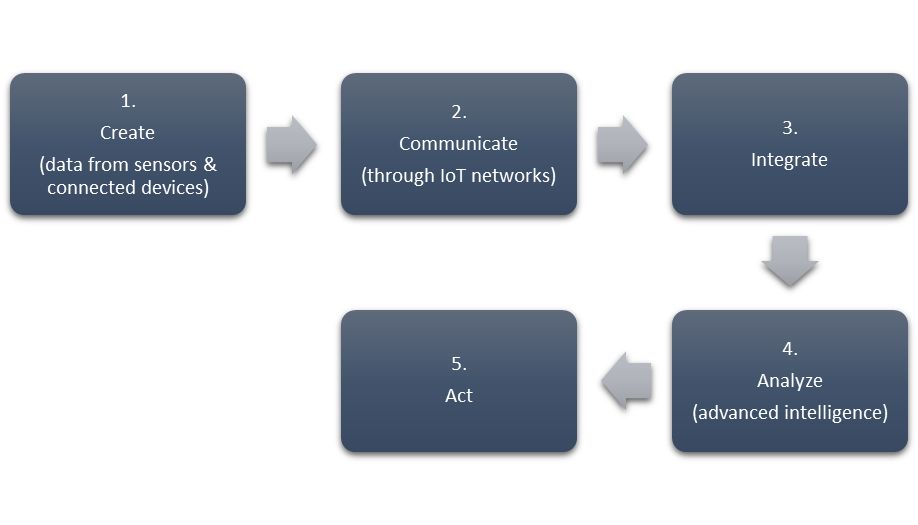
AIoT in Action
1. Wearables
Wearables continuously monitor and track health preferences and habits of patients without fail. Applications of IoT-powered wearables include:
- Health trackers
- Smart bands
- Heart rate monitoring
Wearables track health patterns and transmit real-time updates to caregivers and doctors based on certain preset rules and algorithms for efficient and timely care delivery and diagnosis.
For example, doctors would receive alerts if a particular condition was met i.e. your heart rates reached unsafe levels.
- Smart watches
- Wireless earbuds
- AR/VR goggles
Use case: Fujitsu leverages AI on data sourced from its gigantic IoT network of connected wearables and devices of its staff to improve work safety.
2. Smart Manufacturing
AIoT in manufacturing or a smart factory uses real-time data insights and sensors to optimize:
- Supply chain
- Warehouse management (smart warehouse)
- Production
- Logistics
- And cut unplanned downtime
Data generated from these connected IoT devices helps manufacturers to foresee challenges and prevent costly errors and injuries through predictive analytics.
- Autonomous AI-driven robots
- Automated SCM
- Predictive maintenance sensors
3. Retail
AIoT in retail involves various data points spanning from sensors and cameras to observing customers’ buying behavior and movements and predicting when they will reach the checkout counter. This would help the staff to reduce checkout time significantly.
Read also: How AI is revolutionizing the Retail and eCom Sector?
4. Self-Driving Cars
Tesla is the perfect example of AI and IoT working together. Tesla’s self-driving cars use advanced AI technology and intel to predict the behavior of pedestrians in various circumstances. Tesla’s cars tend to get smarter with each trip by leveraging machine learning and deep learning algorithms.
5. Smart Home
Nest’s smart thermostat is a fine example of AI-powered IoT solution. Smartphone integration can manage and check temperature on the go based on temperature preferences and work schedules for various users.
- Smart speakers
- IoT appliances
Intelligent Security and Threat Prevention
Smart devices can know when they are being attacked and can proactively prevent or shutdown as needed. Yes, a smart endpoint security solution can protect all your endpoints including connected IoT devices, laptops, mobile phones, wearables, desktops and more from security threats.
Smart Risk Management
Clubbing AI with IoT helps to understand and predict a wide range of risks. This helps to manage employee safety and protect connected medical devices through IoMT security for intelligent risk remediation and vulnerability assessment.
Takeaway
The nexus of AI and IoT is fast turning out to be a mainstream thing, as it continues to broaden the boundaries of big data processing combined with intelligent machine learning. In fact, the projected figure for connected IoT devices around the world is expected to surpass 75 billion by 2025. Thus, as the numbers of device continue to grow, the volume of big data will too. This is where artificial intelligence comes into the picture – lending its intelligent learning abilities to the power of IoT. It’s time for businesses to let the smart devices talk and point out where opportunities truly linger.
Get in touch with our AIoT expert to see how can help you leverage the best of both worlds (IoT and AI).
Subscribe Now!
TRENDING POSTS
-
Data Integration Unlocked: From Silos to Strategy for Competitive Success
-
Navigating the Shadows: Understanding Zero-Click Attacks in the Digital Age
-
AI Reimagined: Crafting Next-Gen AI Apps with Expert Fine-Tuning
-
Explore Next-Gen Digital Solutions with Futurism at MWC 2024
-
Futurism Unleashes the Technology of Tomorrow at MWC Barcelona 2024
-
Futurism AI: Turning Ideas into Apps at Lightning-Fast Speed
-
Accelerate AI Across Your Enterprise With Futurism AI
-
Futurism to Address the Biggest Security Challenges at RSS 2022
-
Futurism at SelectUSA 2022: Steering the Next Wave of Businesses
-
Futurism to Uplift the MSP Business Community at the MSP Expo 2022
-
Futurism Sets Out to Address the Biggest Security Challenges at the RSA Conference 2022
-
5 Ways to Prepare Your Business for Digital Transformation
-
4 Ways To Win at Digital Transformation on a Shoestring Budget
-
Futurism: Empowering MSPs at the Channel Partners Conference & Expo 2022
-
Why AI in Digital Marketing is the Next Big Thing?
-
Futurism brings ‘Mobile First Digital Transformation’ to the fore at MWC Barcelona 2022
-
Cybersecurity for Rural Hospitals: How can Rural Hospitals become Cyber Smart?
-
Futurism Empowers Rural Health Care Community at the AHA Rural Health Care Leadership Conference
-
The Biggest Problem With Cybersecurity In Healthcare Sector, And How IBM QRadar Can Fix It?
-
How IBM MaaS360 is Revolutionizing Endpoint Security in the Healthcare Industry?
-
Futurism to Present its MSP Partner Program at the Channel Partners Conference & Expo 2021
-
EndPoint Security in Healthcare Matters and IBM MaaS360 Can Help
-
How AI Will Enable Faster Adaptation of Digital Transformation
-
How Is Digital Modernization Important In Supplier On-Boarding?
-
Top 10 Email Marketing Tips for This Holiday Season
-
Benefits of using ERP Software for Energy and Gas Industries
